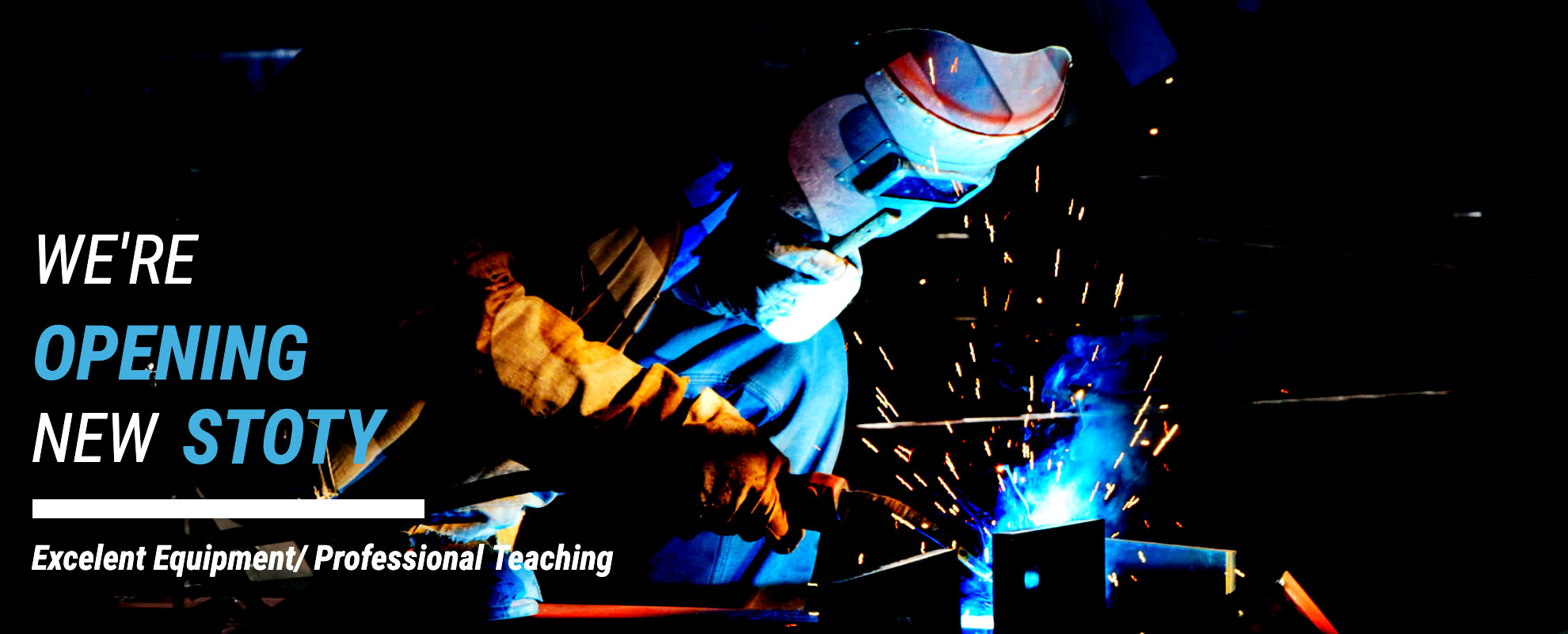Cold storage facilities, as the core of modern cold chain logistics, are widely used in various industries such as food, pharmaceuticals, and chemicals. With the advancement of technology and changes in market demand, the types of cold storage facilities have also become increasingly diverse to meet the specific needs of different industries. This article will introduce several common types of cold storage facilities and their characteristics.
I. Classification by Temperature
- High-Temperature Cold Storage: High-temperature cold storage facilities maintain temperatures between 0°C and +10°C, mainly used for storing vegetables, fruits, eggs, and other food products. By adjusting the temperature, these facilities ensure freshness and extend the shelf life of food.
- Medium-Temperature Cold Storage: Medium-temperature cold storage facilities operate within a temperature range of -10°C to 0°C, suitable for storing meat, fish, and other food items. This temperature range effectively prevents the freezing of water in food, maintaining its texture and nutritional value.
- Low-Temperature Cold Storage: Low-temperature cold storage facilities maintain temperatures between -20°C and -30°C, used for storing ice cream, quick-frozen foods, and more. The low-temperature environment inhibits the growth of microorganisms, ensuring the quality of food products during long-term storage.
- Ultra-Low-Temperature Cold Storage: Ultra-low-temperature cold storage facilities can reach temperatures below -60°C, primarily for storing tuna, pharmaceutical products, and other items that require extremely low temperatures for storage. This ultra-low temperature effectively prevents spoilage and ensures storage quality.

II. Classification by Structure
- Civil Engineering Cold Storage: Civil engineering cold storage facilities use a civil engineering structure as the main body, with refrigeration equipment installed internally. These facilities have a sturdy structure and excellent thermal insulation performance, suitable for large-scale cold chain logistics centers and food processing plants.
- Prefabricated Cold Storage: Prefabricated cold storage facilities are constructed using prefabricated components that are assembled on-site. These facilities offer the advantages of convenient installation, short construction time, and reusable disassembly, suitable for small food stores, supermarkets, and other venues.
III. Classification by Application
- Food Cold Storage: Food cold storage facilities are primarily used for storing various food products, including meat, fish, vegetables, fruits, and more. By controlling temperature and humidity, these facilities ensure the freshness and nutrition of food during storage.
- Pharmaceutical Cold Storage: Pharmaceutical cold storage facilities are dedicated to storing medicines, vaccines, and other pharmaceutical products. These facilities require strict control of temperature and humidity to ensure the stability of pharmaceutical products during storage.
- Chemical Cold Storage: Chemical cold storage facilities are used for storing chemical raw materials and products, such as rubber and plastics. These facilities require special functions such as corrosion resistance and explosion protection to ensure safe storage.

IV. Smart Cold Storage
With the development of technologies such as the Internet of Things (IoT) and big data, smart cold storage has gradually become an industry trend. Smart cold storage integrates advanced sensors, control systems, and data analysis software to achieve real-time monitoring and automatic adjustment of parameters such as temperature, humidity, and gas concentration, ensuring the stability of the storage environment. Additionally, smart cold storage provides remote monitoring and fault warning functions, reducing operational costs and improving operational efficiency.

